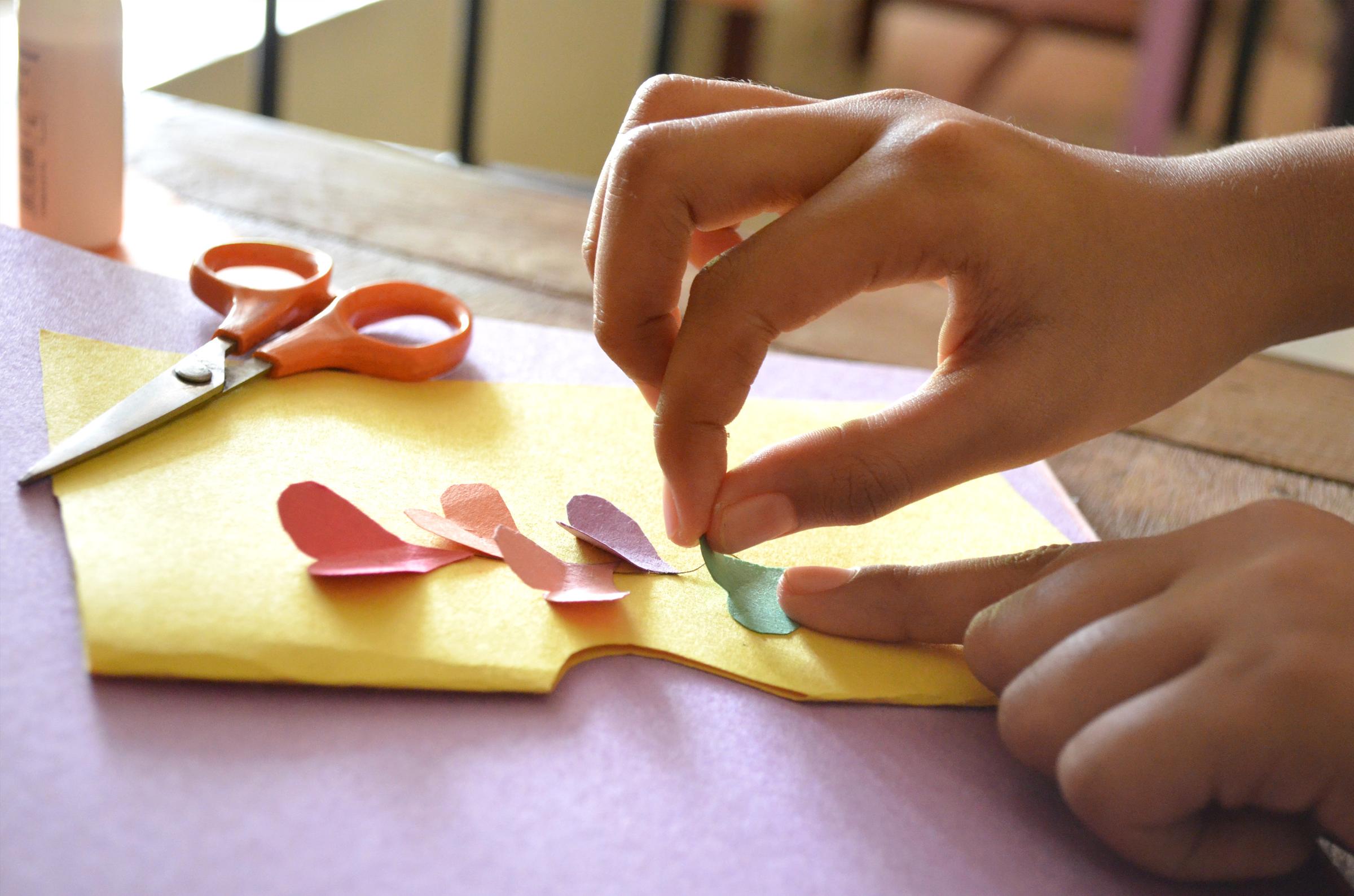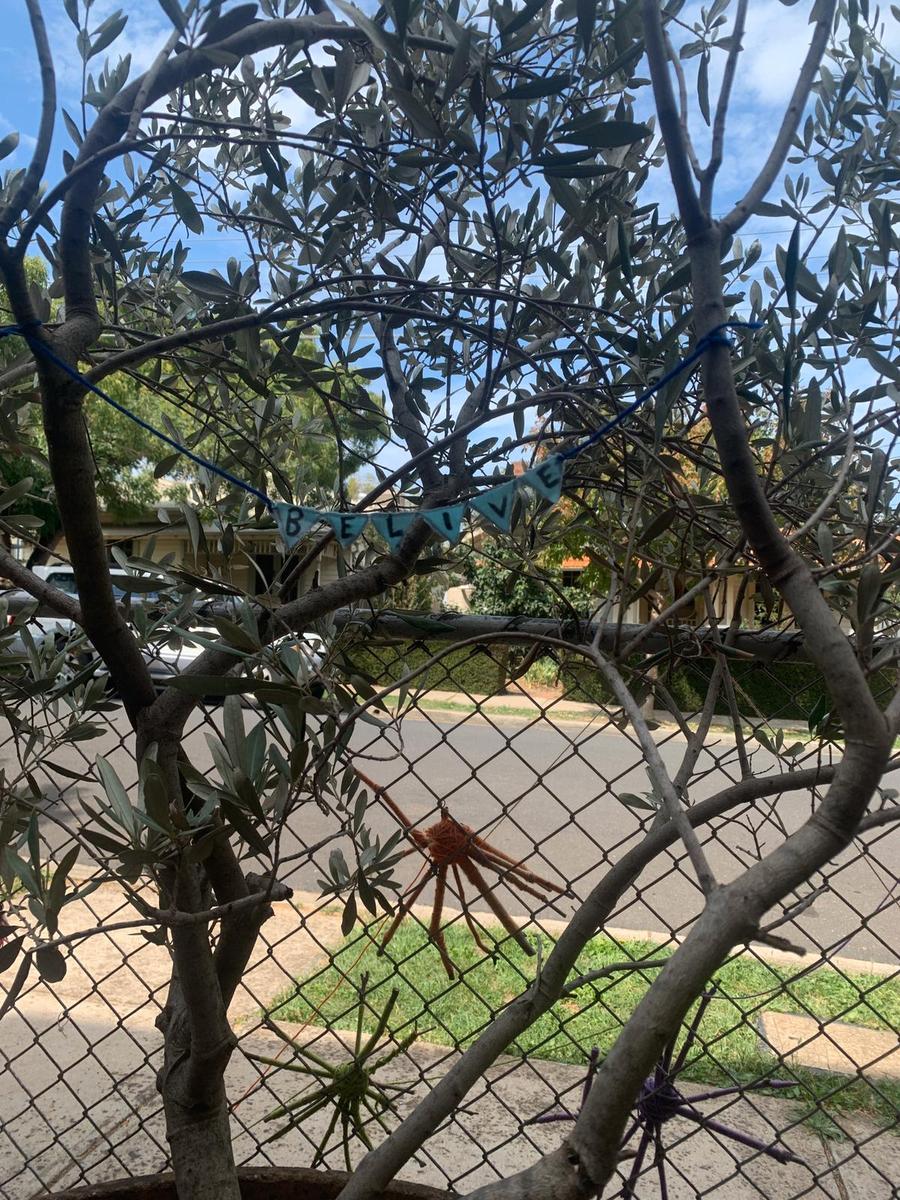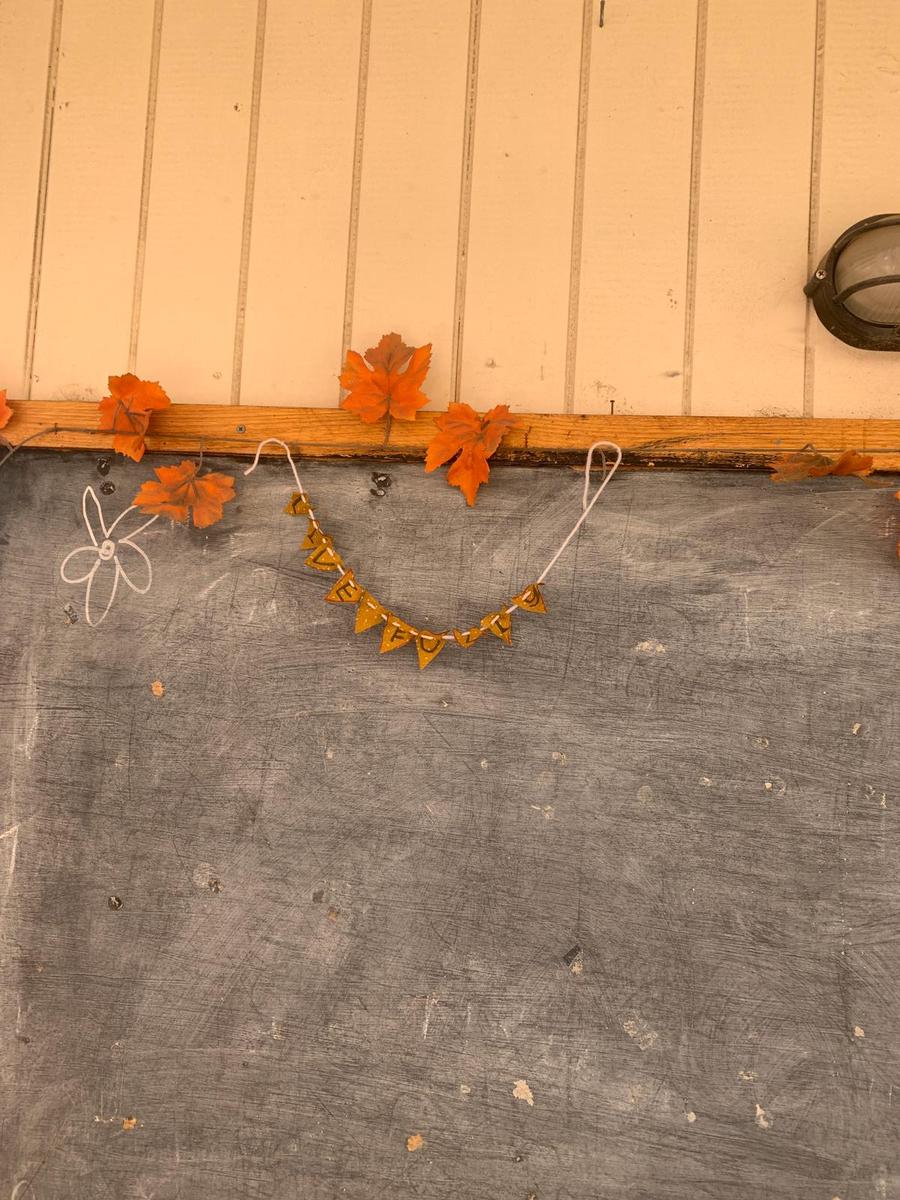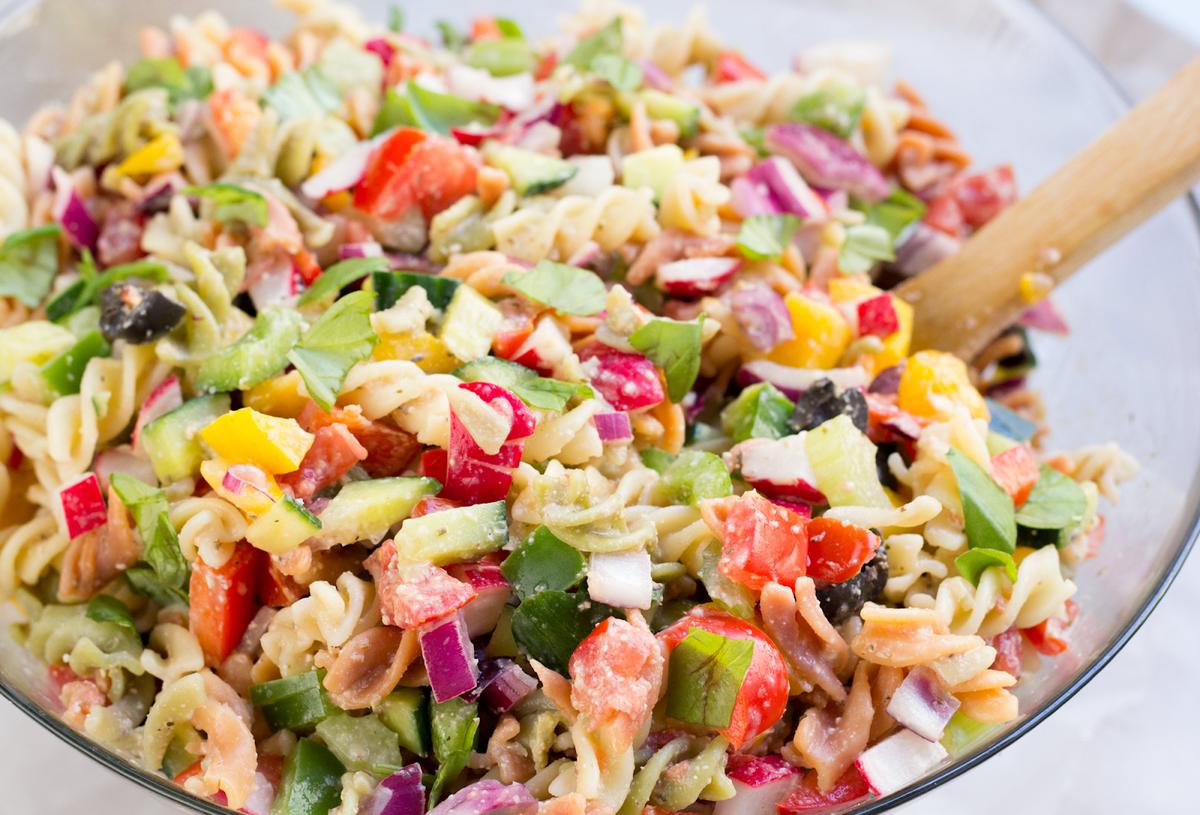school life

building works update
Due to tight timelines that must be met, work has continued on our building works over the summer holidays. We are now in the Schematic Design phase, which provides us with more detail on the shape of buildings, walls and doors as well as a more accurate measure of the expected costs as a result. We have some conflicting priorities to work with here - there is the entitlement (what our school should have in regards to the size and number of specific learning and amenity areas), the school’s most urgent health, safety and educational needs, the available funding, which we cannot surpass and the Minister’s announcement, which is instrumental in receiving the remaining 90% of our funds.
I am pleased to announce that we have some images to share with the school community, with continued summary comments below.
STELLA:
We have images now of the facade of STELLA. It is a brick facade as this is thought to fit in with both the existing main building aesthetic, but will also blend into the environment more for our neighbours than some of the more modern aesthetics.
Windows on the western wall will be limited (due to heat exposure) so we have settled on a gabled roof with lighting that will come in from the ceiling.
The ground floor at the Wales Street entrance will include a large library and two science labs. Due to cost limitations, the library is smaller than we should have for our size school, but it is still three times the size of what we currently have! It will be open plan, with some flexible furniture options, to allow for community information evenings to be held here.
The ground floor also includes two science labs, which we are hoping to distinguish slightly by having one that lends itself more to creative sciences and cooking, whilst the other lends itself more to more traditional forms of (primary) science.
The second floor will become a community of four classrooms, with an external shared space. The walls all have sliding doors, which provides us with the ‘flexible, yet traditional’ classrooms our students and teachers enjoy so much.
A lift will be installed in STELLA, to make it more accessible. This will be at the same level as the MPR. A walkway will be designed between the landing outside the art room, to the second floor of STELLA. This will become the ‘rooftop terrace’ with modular planting boxes. The 3D images of this landing, looking over the terraced orchard is quite breathtaking. This will provide lovely access and flow between STELLA and MPR and will provide a number of new learning areas within an ‘Arts Precinct’ style area.
STELLA will have toilets with access from outdoors. This provides us with the flexibility of having toilets that can be made accessible to the community during events such as Working Bees, without opening the main building.
Across from the toilets in STELLA is an open-air amphitheatre. This would comprise of a few landings or steps that join to the retaining wall behind. We are hoping this learning space might become affectionately known as the Learning Pit.
On the south-west corner of our land, STELLA and BER come close to each other, creating a ‘nook’. This has been well thought through and will now have a terraced garden which we are hoping to fill with Indonesian plants and perhaps an orchard. This space would not be accessible by students unless they are supervised by families, teachers or OSHC.
Block A:
All windows will be repaired so they are in working order.
We will have a ramp installed near where the exterior water tanks currently sit. This took a number of meetings to settle on an appropriate option, but the brick design our architects have come up with is both functional and beautiful! I predict the ramp to become a new favourite place for students.
The vinyl floors will be replaced throughout both floors of the main building.
The current library will be turned into a ‘Teacher Classroom’ where teachers work and plan together, freeing the existing upstairs staffroom which currently acts as a lunch room, work room and student intervention space.
Part of the Schematic Design phase is to identify the tender options for the build. Tender options are portions of our plan that we could ‘drop off’ the list if it looks like the project is going over budget. Thankfully there is already a portion of the budget set aside as contingency for an emergency and so we hope to have all the options included, however I will be sharing our Tender Options in the next installment!
senior electives
The 5/6s have started their term 1 electives. This term they had the choice of joining basketball, circus, craftivism, knitting or coding. Here are some photos of the kids having fun!
nude food
What is nude food you ask, pantless Pears? Shoeless Sweet Potatoes?
Nude food is food without excess packaging. This helps to reduce the amount of ‘stuff’ in lunch boxes that needs to go into the bins to be sent on to landfill. Think plastic food wrappers, chip packets and cling wrap. Durable, reusable containers are a great way to bring your favourite nudies to school and provide long term cost saving and environmental benefits. Did you know that on average Australians use 130kgs of plastic per person each year and only 12% of that is recycled!
Nude food encourages students and the broader community to eat healthy while reducing our impact on the environment. This year we will be encouraging families and the community to join us in extending our current nude food program from morning fruit and vegetable snacks, to recess and lunch items too. This extension of our program is being supported by the fabulous work that our Environmental Science team have been undertaking over the past 12 months and the introduction of our award winning productive garden.
To help make this process easy and accessible for all we will be including new lunch box ideas, tips, and recipes each week within the school newsletter. As we expand our nude food program and work towards attaining our 5 Star Resource Smart Schools accreditation we would love to invite our parents, carers and community to join us in this program. If you would be interested in joining our first parent sustainability action team and helping to create new recipes, master classes and workshops please contact Bell, Shalani or Ian for further information.
Weekly awareness
Why shop in season?
Food that isn’t in season has usually travelled huge distances to get to us — a typical selection of the foods we buy in Victoria has travelled an estimated 21,073 km. That’s almost the same distance as travelling the whole coastline of Australia…no kidding! Below are three reasons to eat produce which is meant to be ripe in your area when you buy it — food which is in season.
Seasonal food is better for the environment
When your food travels around the world to get to you, it uses lots of energy which means lots of greenhouse gases. It’s not just the distance, it’s also the refrigeration along the way, and the energy that goes into packaging the food for the journey and storing it when it arrives. Produce which is in season tends to also be local food, which means much lower greenhouse gas emissions.
Trucks aren’t good for nutrients
Produce that is transported a long distance has to be harvested early so it doesn’t rot during transit. Harvesting early doesn’t allow the taste or nutrients to fully develop which means that while we can buy tomatoes all year round, a winter tomato is pale, flavourless and doesn’t have the full nutritional content. The alternative – eating local, seasonal produce — means that produce is picked as close to the time it will be eaten as possible, which means lots of flavour, colour and nutrients.
Seasonal food can help to save money
Buying local seasonal produce also means you don’t foot the bill for the transportation and storage which tends to be included in the cost of out of season foods.
For a comprehensive list of seasonal produce available in Victoria please visit ‘Seasonal Food Australia’ via the link we have provided here. http://seasonalfoodguide.com/melbourne-victoria-seasonal-fresh-produce-guide-fruits-vegetables-in-season-availability-australia.html
Lunch Box ideas
Rainbow Pasta Salad
Ingredients
300g green beans, cut into pieces
250g spiral or bowtie pasta (3 cups cooked)
1x 420g can corn kernels, drained
1x 420g can four bean mix, drained
250g punnet cherry tomatoes, halved
1 medium red capsicum, cut into strips
½ medium red onion, finely chopped
½ cup flat-leaf parsley, finely chopped
½ cup basil leaves, finely chopped
(Alternatively you can swap out any of these items for seasonal herbs and veggies that you may have hanging around, carrots, beetroots, zucchini, cucumbers)
Dressing
1½ tablespoons Dijon mustard
½ tablespoon honey
½ tablespoon white vinegar or white wine vinegar
½ tablespoon water
Method
Bring a medium-sized saucepan of water to the boil. Add green beans and simmer for 2 minutes until they are bright green. Remove beans with a slotted spoon and refresh under cold water. Alternatively cook beans in the microwave on high (100%) for 2 minutes with a tablespoon of water in a microwave-safe bowl.
Add pasta to the boiling water and cook according to packet directions until just tender.
Drain well and add to a large serving bowl with drained beans and remaining salad ingredients.
In a small jug, mix dressing ingredients together then pour over salad. Toss until well combined.
maths
At BNWPS, we have lots of new families joining our wonderful community, and it occurred to me yesterday that some of you may not know who the “maths people” are!
Jessie and I (Alice) are currently engaged in a PMSS course (Primary Maths and Science Specialist) which is an initiative run by the Victorian Department of Education and Training (DET) program that upskills primary teachers in government schools to become mathematics or science education specialists. Whilst we don’t claim to have all the answers, we have been trained by some amazing people (such as Doug Clarke, Peter Sullivan, Jill Cheeseman and Charles Lovitt to name a few) and are very passionate about not only making maths more real life and less terrifying, but also helping teachers feel confident when delivering the maths curriculum. Authentic maths experiences is our goal at BNWPS.
PMSS is a course which is run over two years and we are currently in our second year. We are very fortunate to have Hannah join us at our sessions, not only because Hannah is a big maths nerd, she is also a very supportive leader. Our PMSS role requires Jessie and I to class share, Jessie is in 1/2 this year and she shares with Shalani and I am in 3/4 and I share with Rebecca. Whilst it was an adjustment period, class sharing and having someone to go through the PMSS cycle with has been great and our content knowledge and confidence has grown over the year.
As there are new families, we are welcoming you to our Maths Information Session, which will be run on March 18th (time to be confirmed shortly). Our main goal is to provide relevant information to families so you are informed about our practises at BNWPS. This is why we have made this snazzy Google Form for you to fill in, so you can let us know what you want to hear more about. Here is the form https://forms.gle/UfdPcLjKmrNEo68K8 please fill it out as soon as possible so we can organise OSHC and resources.
We are looking forward to our Info Night and seeing as many of you as possible! If you want to see what numeracy looks like at BNWPS, follow @BnwpsM. Also, we will keep up the maths articles in the newsletter so you are across all things numeracy!
Have a great weekend,
Jessie and Alice





